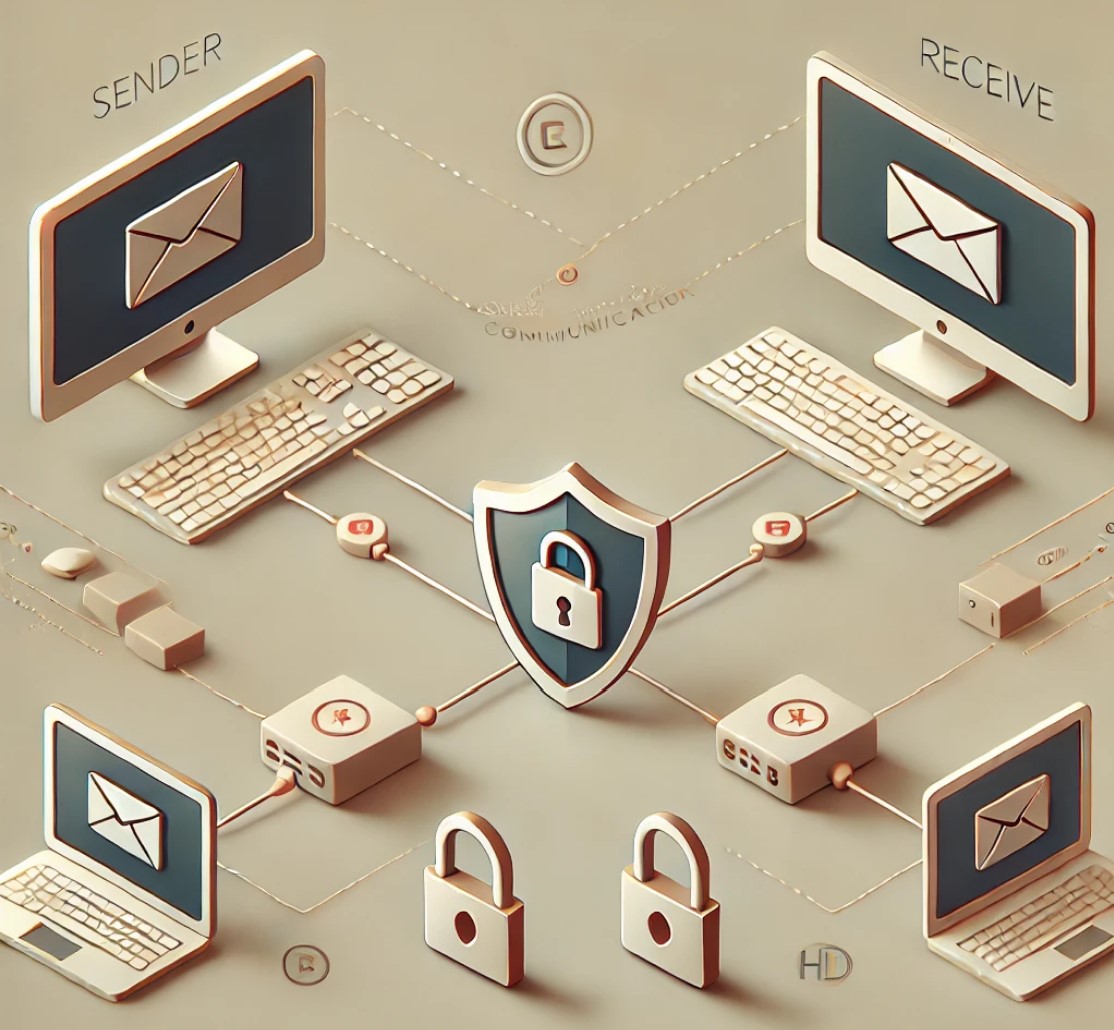A paid and secure email service offers enhanced privacy and security features not typically found in free email providers. These services often include end-to-end encryption, zero-access encryption, and no data logging, ensuring that only the sender and recipient can read the messages. They provide protection against surveillance and data breaches. Providers like ProtonMail, Tutanota, and CounterMail charge a fee for these premium features, which also support the maintenance of secure infrastructure and ongoing development of privacy tools.Here’s a list of the top 10 secure paid email solutions, detailing their advantages and disadvantages based on available web information: 
1.ProtonMail:
Advantages: End-to-end encryption, based in Switzerland with strong privacy laws, offers self-destructing messages, and has an open-source app. It also provides features like email tracking protection and integration with ProtonVPN for additional privacy.
Disadvantages: No free trial for non-users (limited trial for existing users), can be expensive for additional features, and the interface might not appeal to everyone.
2.Tutanota (Tuta):
Advantages: Built-in encryption for emails, even including subject lines, user-friendly interface, and based in Germany under strict EU privacy laws. Offers features like calendar and file storage.
Disadvantages: Limited search functionality in the free version, no support for IMAP, and can become expensive with additional features.
3.Mailfence:
Advantages: Offers end-to-end encryption, supports encrypted calendar and documents, and is based in Belgium with strong privacy laws. Provides ample storage space for paid accounts.
Disadvantages: Not open-source, which might concern some privacy advocates, and the private keys are stored on Mailfence servers.
4,Hushmail:
Advantages: HIPAA compliant, offers encrypted email solutions with easy-to-use interfaces, and supports custom domains. It’s particularly tailored for healthcare, law, and small businesses.
Disadvantages: No free version available, and it might be pricey for individual users. The lack of an Android app is also a drawback.
5.StartMail:
Advantages: Offers PGP encryption, no ads, and is based in the Netherlands, ensuring strong privacy laws. Provides unlimited email aliases and custom domains.
Disadvantages: No free version, and the interface might not be as intuitive as some competitors.
6.Runbox:
Advantages: Strong privacy laws in Norway, no scanning of emails, and offers a 60-day money-back guarantee. It’s been in the business for over 20 years, providing reliability.
Disadvantages: No end-to-end encryption by default, and the user interface might be outdated for some users.
7.FastMail:
Advantages: Reliable, ad-free, and offers excellent deliverability rates with strong privacy protections. Features include calendar and contact synchronization.
Disadvantages: Pricing might be higher compared to some alternatives, and customer support is mainly through email without real-time options.
8.CounterMail:
Advantages: Stores emails in encrypted form on temporary servers, supports additional USB key protection, and is based in Sweden.
Disadvantages: Only available as a paid service, which might deter users looking for a free trial or tier.
9.Neo:
Advantages: Provides a professional email with business features like a free one-page website, email tracking, and integration with productivity tools.
Disadvantages: It’s relatively new, which might raise concerns about long-term reliability, and lacks offline functionality.
10.Posteo:
Advantages: Runs on green energy, supports anonymous registration and payment, and offers strong encryption with a user-friendly interface.
Disadvantages: No custom domain support, even with paid plans, and the storage upgrade is additional.
This compilation helps in understanding the landscape of secure email services, though the specific offerings might evolve over time.
